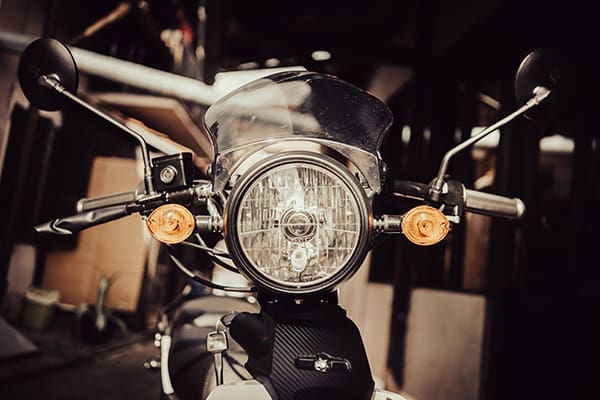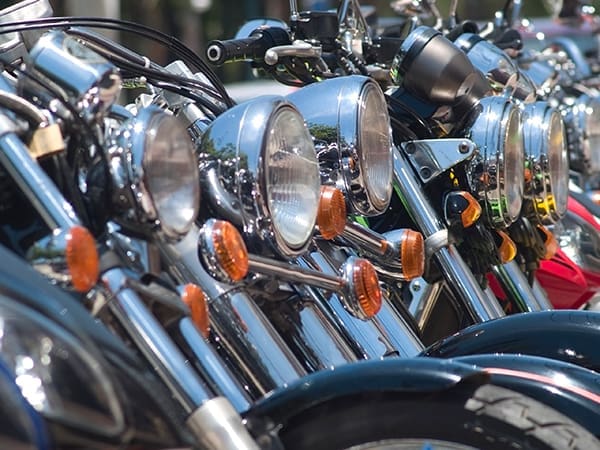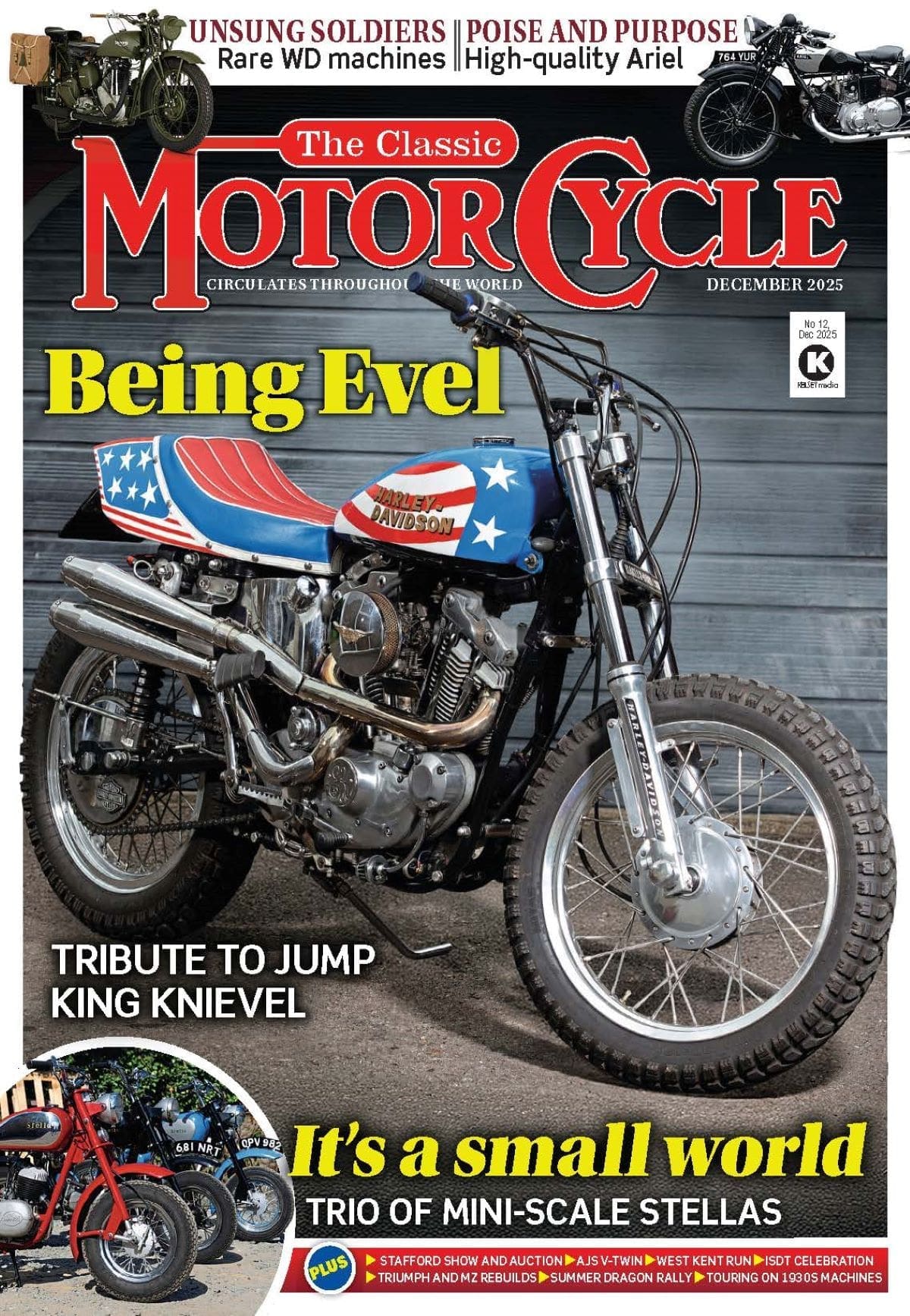We have received payment for the content in this article. Learn more.
Good lighting isn’t just a comfort, it’s a necessity. For motorcyclists, especially those riding after dark or in bad weather, headlights are a critical part of staying safe.
Yet many riders underestimate the impact of poor lighting or ageing headlamps.

What the numbers say about visibility
Statistics clearly show the importance of visibility on the road. According to the Department for Transport, poor visibility is a contributing factor in over 25% of motorcycle collisions that occur at night or during low-light conditions. Even a small drop in headlight performance such as from old or oxidised lenses can reduce your ability to spot road hazards in time.
Research from the European Motorcycle Industry (ACEM) also notes that increased visibility significantly reduces the risk of multi-vehicle crashes involving motorbikes. It’s not just about what you see, but how well others see you.

Collision data based on road conditions
| Condition | % of Motorcycle accidents | Key risk factors |
| Night-time with poor lights | 26% | Limited visibility, old headlights |
| Rain or fog | 19% | Weak beam penetration |
| Daytime with poor contrast | 12% | Inadequate headlight brightness |
| Properly lit and maintained | 6% | Highest visibility, least collisions |
Source: UK Department for Transport, ACEM 2023 Road Safety Study
As shown, a well-maintained lighting system can reduce accident risk by up to 20%.
There are three main types of motorcycle headlights used on modern machines: halogen, xenon (also called HID) and LED. Each has its strengths, but also key differences. Riders today often search for the best balance between brightness, energy consumption and longevity when considering the available types of motorcycle headlights.
- Halogen headlights are the most traditional. They are affordable and widely available, but they produce a yellowish light that’s less bright compared with modern alternatives. They also have shorter lifespans.
- Xenon (HID) lights offer more brightness than halogen and a whiter light beam, making them a popular upgrade. However, they require more energy and can sometimes cause glare if not properly installed or aligned.
- LED headlights are increasingly chosen by manufacturers and riders alike. They produce a strong, focused light with high energy efficiency and very long service life. LEDs also perform better in cold weather and respond faster when switched on, which can make a difference in emergency situations.
Choosing the right lighting solution is only part of the job, as making sure your headlights stay clean and undamaged is just as important.
Even the best lights can lose effectiveness if the lens is dirty, fogged or scratched. UV rays, dust and road debris can all cause gradual wear on the lens surface, reducing light output. A headlight that looks clean at first glance might still be scattering light inefficiently if the surface has become cloudy.
Routine cleaning and polishing help maintain brightness.

As e-commerce firm AUTODOC says about polishing a motorcycle: “There are many products available to make your chrome look like new. Whichever product you choose, allow it to work in briefly and become opaque. You can then spread it with a soft, clean cloth and shine-up the chrome. Then rub the chrome in circles with the cloth, being as careful as possible to not scratch the chrome while polishing. After all, you want the motorbike to look better, not worse. All other painted or plastic parts can also be polished with a silicone shine spray.”
This same careful approach applies to headlight lenses: always use appropriate cleaners, and avoid rough cloths or paper towels that can cause micro-scratches.
Headlights are not just bulbs they’re a vital safety system. Whether you ride daily or occasionally, ensuring your lights are bright, clean and in good working order can significantly lower your risk on the road.
Investing in the right type of headlight, regularly checking their alignment, and keeping the lenses free from dirt or damage isn’t just good maintenance, it’s smart riding.





